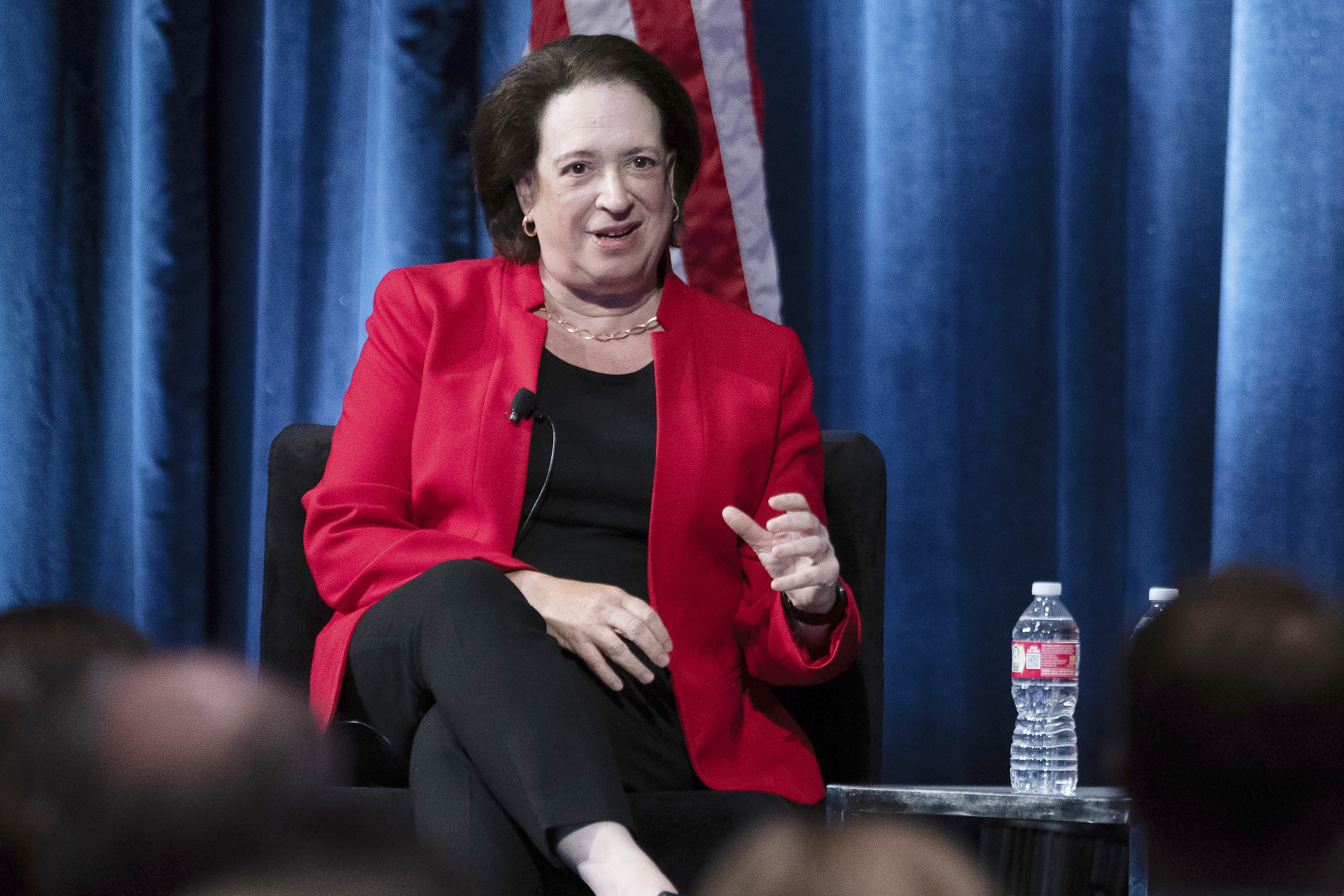Speculation swirls over Supreme Court retirements
Chabot pointed out that since 1954, when justices first received the option under federal law to retire at full salary at age 65 and with 15 years of service, 22 justices have retired and two died in office: Chief Justice William H. Rehnquist in 2005 and Justice Antonin Scalia in 2016.
The retirement formula changed in 1984 to reduce the minimum requirement of service to 10 years, as long as the judge’s age and years of service totaled 80.
Chabot analyzed recent departures from the court as well as justices who have passed up the opportunity to retire under a politically and ideologically compatible president late in their tenure.
The best example of that is Ginsburg, who spurned calls from various quarters—law professors and others—to retire during President Barack Obama’s tenure to help ensure her seat would be filled by another progressive.
Ginsburg has suggested publicly that there was little guarantee Obama could have won confirmation of a liberal nominee, and thus it was “misguided” to think she should retire.
Chabot noted in her paper that Ginsburg was far from alone. Eight other justices with extended tenure similarly declined to retire during her study period. “These justices were unwilling to give up a powerful and prestigious position, despite the risk that health would force an ill-timed, involuntary retirement later on,” Chabot said in her paper.
Although many justices have sought to retire under a president of the same party as the one who nominated them, that hasn’t always meant retiring under a president of ideological compatibility. Thus, Justice Byron R. White, a nominee of President John F. Kennedy who grew increasingly conservative during his 31-year tenure, nevertheless expressed a preference to retire under another Democrat, and he did so soon after Clinton took office in 1993.
Meanwhile, Justice David H. Souter, nominated by President George H.W. Bush in 1990, turned out to be more liberal than many Republicans were happy with. He retired soon after Obama took office in 2009.
LOOKING FOR IMMORTALITY
Still, a 2010 study of a large sample of retirements by Supreme Court justices from 1789 through 2006 reported that when the current president was of the same party as the president who nominated the justice, and the president was in the first two years of his term, that justice was about 2.6 times more likely to retire than when these two conditions were not met.
“From the judges’ perspective, they’re looking for their immortality,” says Stolzenberg of the University of Chicago, who co-authored the study with James Lindgren, a professor at the Northwestern University Pritzker School of Law. “They want to be influential after they’re dead.”
The distinctive feature of Chabot’s paper is examining justices’ retirement decisions in terms of their desire to bring about like-minded successors—and to analyze the question of whether they time their retirements politically.
She said political scientists have recently developed more sophisticated ideological measures, called “common space scores.” For politicians such as the president, these scores are drawn from a variety of sources. For justices, they are derived from votes in nonunanimous cases.
Of the 22 justices who retired since 1954, about half of them were for health reasons, Chabot said. Of the other half, some retirements were not politically timed, with several justices at the ideological center of the court not having the chance to retire during an ideologically compatible atmosphere at all.
Chabot concluded that political timing has not dominated justices’ retirement decisions in the modern era, despite prominent examples to the contrary. When justices have sought to guarantee a like-minded successor, the efforts have been mixed.
The two most recent justices to retire—Souter in 2009 and Justice John Paul Stevens in 2010—managed to bring about like-minded successors, respectively, in Justices Sonia Sotomayor and Elena Kagan.
But Justice Sandra Day O’Connor retired in 2006 under President George W. Bush, who is a Republican like the president who appointed her, Reagan; although her successor, Justice Samuel A. Alito Jr., was appointed by Bush, he has been much more conservative than O’Connor on a number of issues.
SOMEONE LIKE GORSUCH
Chabot tells the ABA Journal that it is much too early to try to calculate an ideological common-space score for Trump. “The best evidence of the type of justice Trump would appoint is the one he did appoint,” she says, referring to the nomination and confirmation last year of Justice Neil M. Gorsuch. In his tenure so far, Gorsuch has been viewed as at least as conservative as Scalia, whom he succeeded.
If Kennedy decides to retire, “he should expect to be replaced by someone who votes like Justice Gorsuch,” Chabot says.
That puts Kennedy in a tenuous position in terms of timing his retirement to achieve a like-minded successor. Because of his distinctive place at the center of the court—a liberal voting record on issues including LGBTQ rights and race discrimination, conservative on many criminal matters—Kennedy’s retirement “is likely to offer limited political returns,” Chabot said in her paper.
“There is no reason,” Chabot added, “to expect the Republican-controlled White House and Senate to appoint a successor who will perpetuate Kennedy’s voting record.”
Correction
Print and initial online versions of "Leaving the Bench," May, should have stated that the Republican Party controlled the Senate during two years of Barack Obama's eight-year presidency.The Journal regrets the error.
This article was published in the May 2018 issue of the ABA Journal with the title "Leaving the Bench: Speculation swirls regarding Supreme Court retirements."



